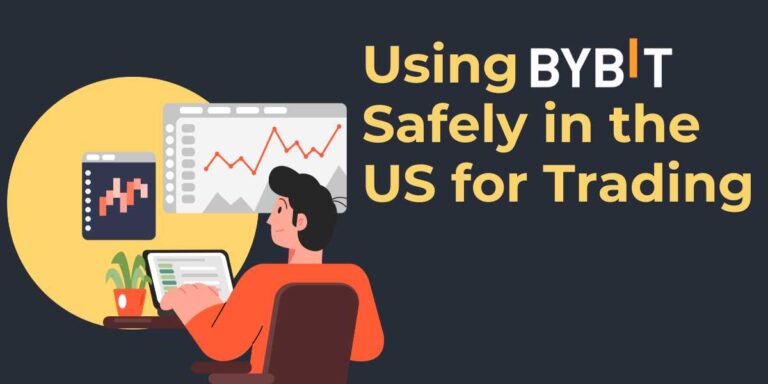Understanding Bitcoin: A Simple Guide for Beginners
Bitcoin revolutionizes the way we think about money and transactions by introducing a digital currency that’s decentralized, secure, and operates on a peer-to-peer network without intermediary banks. But how does this intriguing cryptocurrency actually work? Let’s break it down in layman’s terms that won’t leave you scratching your head.
The Origins of Bitcoin
Bitcoin was birthed by an enigmatic figure known as Satoshi Nakamoto in 2009. Despite the mystery surrounding Satoshi’s true identity, one thing is clear: the introduction of Bitcoin marked a pivotal moment in financial history. The innovation was underpinned by a whitepaper released in 2008 that demystified blockchain technology—a foundational framework allowing Bitcoin to exist as a decentralized currency.
Problems with Traditional Currency
Traditional fiat currencies are prone to inefficiencies like hyperinflation due to unchecked printing by central authorities. Moreover, these currencies rely heavily on financial institutions to facilitate transactions, often leading to fees and cumbersome processes. Bitcoin challenges these norms by offering a decentralized system that minimizes the need for middlemen and promotes faster transactions.
How Bitcoin Works
At its core, Bitcoin operates on a technology called Blockchain. This is an immutable digital ledger where transactions are recorded in “blocks”. Each block is time-stamped and linked to the previous one, forming a “chain”. Here’s a deeper dive into its features:
- Decentralization: No single entity can control Bitcoin. It’s maintained by a network of computers called nodes.
- Anonymity: Transactions do not require personal information, only the cryptographic keys.
- Limited Supply: Bitcoin’s total supply is capped at 21 million coins, which helps preserve its value.
Ensuring Transaction Integrity
Bitcoin transactions are validated through a process called mining. Miners solve complex computational puzzles, a method known as proof-of-work, to add new blocks to the blockchain.
Digital Signatures and Security
Bitcoin uses digital signatures and a public ledger to prevent fraud. Each transaction needs verification with a digital signature, ensuring it can’t be tampered with. This makes it very secure, although not 100% exploit-proof against all tactics—as history sometimes humorously shows.
Preventing Double-Spending
Thanks to proof-of-work, Bitcoin effectively mitigates the risk of double-spending. Every transaction needs validation by the network, disallowing any attempts to spend the same Bitcoin more than once.
Getting Started with Bitcoin
Interested in joining the Bitcoin revolution? Start by acquiring Bitcoin through exchanges or acquiring them via mining. Managing a Bitcoin wallet is also crucial to safeguarding your private keys, which control your coins. Be sure to store these keys securely—Losing them means losing your Bitcoin!
Using Bitcoin for Transactions
Bitcoin can be used for various transactions, both online and in-person. Numerous merchants accept Bitcoin as payment. It’s as simple as sending the amount to the recipient’s Bitcoin address.
Mining and Investing in Bitcoin
Mining Bitcoin involves dedicating computing power to verify transactions and secure the network, earning rewards for your efforts. For those uninterested in mining, investing in Bitcoin through purchase is another way to participate in this digital currency’s growth potential.
The Legal Status of Bitcoin
The legality of Bitcoin varies across countries. While many governments embrace its innovativeness, others remain cautious due to its disruptive potential. Before buying, selling, or using Bitcoin, check your country’s regulations and always use it responsibly.
The Future of Bitcoin
The future of Bitcoin remains a hot topic, with passionate discussions about its role in global finance. Whether it’s hailed as digital gold or a volatile asset, Bitcoin’s innovation cannot be overlooked. By understanding its mechanics, you’re better prepared to navigate this ever-evolving financial frontier.
Share this guide with others who might find it useful!


